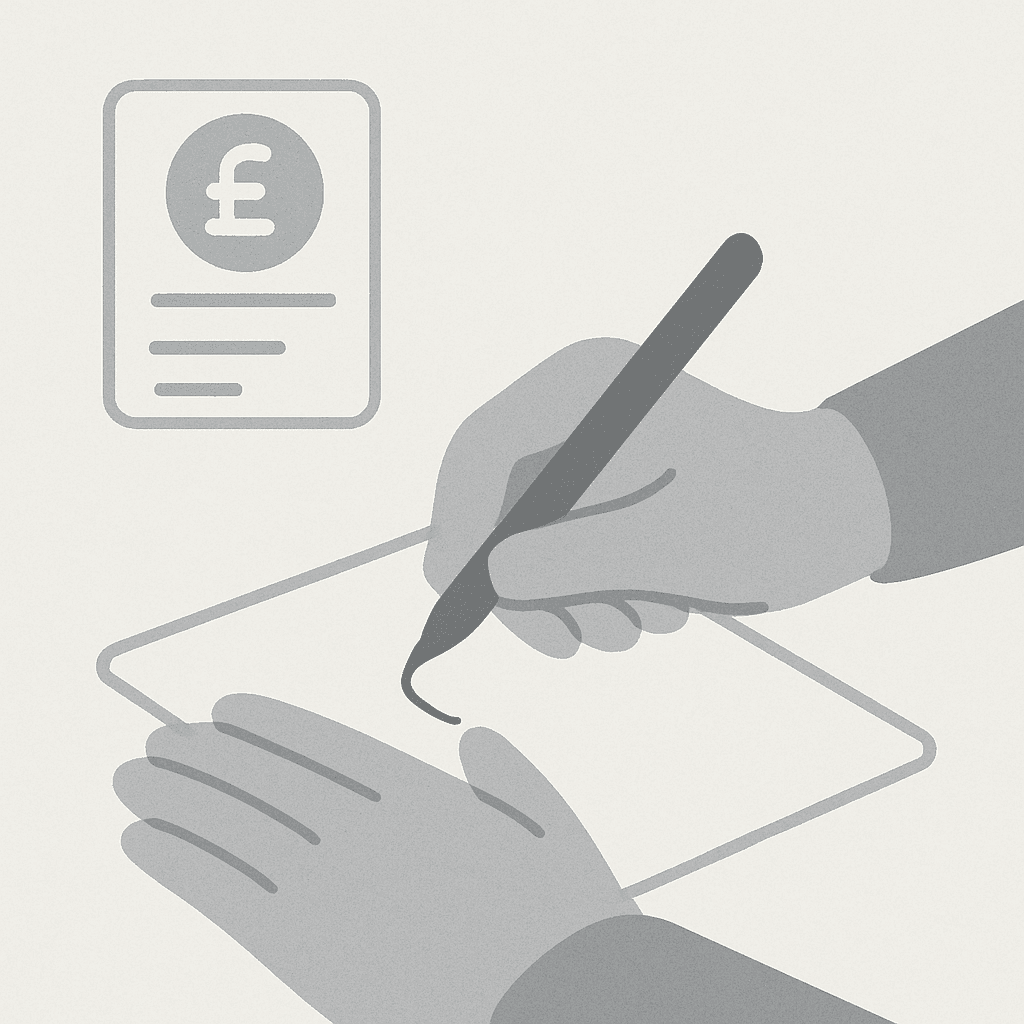Understanding Tax Cliffs: How Small Pay Rises Can Lower Your Take-Home Pay
Learn how earning over £100,000 in the UK can lead to an effective 60% tax rate and how to legally reduce your liability with smart financial planning.

If you're earning around or just over £100,000 in the UK, you may suddenly become aware of how much tax you are actually paying, and this special situation is often termed the 60% tax trap. It is an invisible income cliff created by the gradual reduction of the tax-free personal allowance. This is what you need to know about it in 2025 and how to handle the issue.
What Is the 60% Tax Trap?
The 60% tax trap is a marginal tax band that confiscates income from very high-income earners, those whose income tends to fall between £100,000 and £125,140. In this income band, you lose the Personal Allowance (the amount of income that is tax-free) at a reducing rate of £1 for every £2 earned over £100,000. By the time you are earning £125,140, your entire loss of £12,570 Allowance will have happened.
This presents an effective marginal tax rate of 60% within this income band, which is a far cry from the usual higher rate of 40%.
How It Works (With Example)
We'll explore this by presenting a small example in the tax year 2025/26:
- You make £110,000—£10,000 beyond the £100,000 threshold.
- This reduces your tax-free amount by £5,000.
- Thus, you pay 40% tax on that extra £10,000, but you pay tax on that lost £5,000 of allowance.
Therefore, you have incurred an additional £6,000 in tax on £10,000 worth of income—an effective rate of 60%.
Why Is This Called 'Cliff'?
Because a minuscule amount of income increase brings along a whole lot of tax liability. The tapering off of the Personal Allowance follows rather an abrupt curve and creates that steep tax cliff effect on the £100,000-£125,140 range.
How to Work Strategically at Reducing Your Effective Tax Rate
But there are legal ways to reduce your taxable income and avoid or mitigate the 60% trap:
- Contributions to pensions: Salary sacrifice or personal contributions will reduce your taxable income.
- Charitable donations: Donations under Gift Aid to registered charities will reduce your adjusted income.
- Claims of allowable expenses: Claim everything that you can claim if you're self-employed or have job-related expenses.
- Transfer income-generating assets: It's worth considering splitting your income with a lower-earning spouse using allowances and tax bands optimally.
All of these strategies would help bring adjusted net income below the £100,000 income level, thus restoring at least some of your Personal Allowance.
Use Our Salary Calculator to Find out the Impact
Just in case you're on a threshold, utilise our UK salary calculator to model how pension contributions or any other deduction would potentially affect your take-home pay and tax liabilities. That is your number-one tool to navigate through this highly perplexing area of the tax system.
Recaps: Smart Tax Planning to Sidestep the 60% Cliff
One of the most overlooked and punitive peculiarities in the UK tax system is the 60% tax trap. But with the right financial planning, you can legally reduce your taxable income and avoid losing your personal allowance unnecessarily. Be proactive: review your income strategy ahead of the end of the tax year to ensure you get the most out of your money.